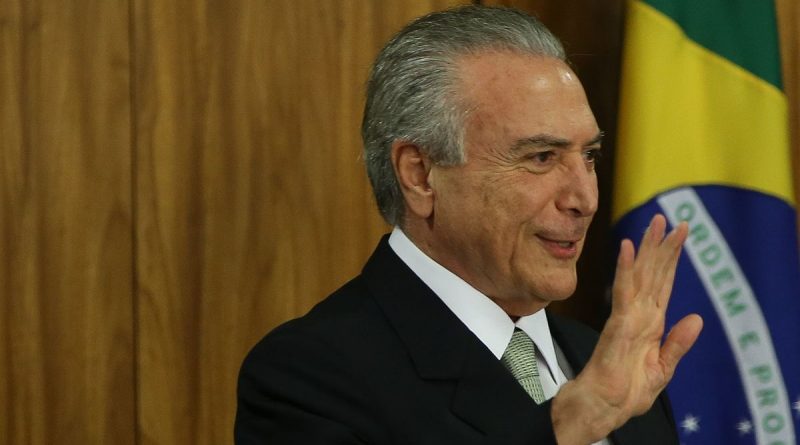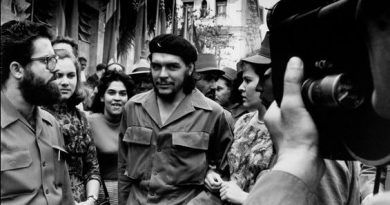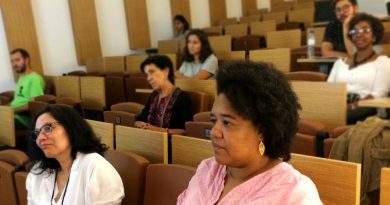A Point of Order on ZOPACAS
Research niches in regional studies are increasingly harder to come by. But one issue where the jury is still out, concerns the case of the Zone of Peace and Cooperation in the South Atlantic (ZOPACAS, in its Portuguese acronym).
Seeking to fill an evident literature gap, an article that I recently co-authored with Adriana Erthal Abdenur and Frank Mattheis in the Cambridge Review of International Affairs (online first) aims to set the record straight over what ZOPACAS is and is not, who really brought it back into the international spotlight in 2007, and what it can and cannot eventually accomplish in the current world order. Three main threads stand out.
What kind of organisation is ZOPACAS
To begin with, ZOPACAS is not an international organization strictu sensu. Or, at the very least, not one in the sense that we are typically used to, when seeking to make comparisons with the likes of NATO, ECOWAS, or even the Gulf of Guinea Commission. Indeed, ZOPACAS has no constitutive treaty, no international legal personality, no headquarters, no formal obligations to its constituting members and no permanent secretariat that ensures continuity of the workload over time. Its ministerial meetings are also as erratic as its final declarations are extensive.
ZOPACAS does, however, possess a singular umbilical connection to the UN universe, given that it has been subjected since its conception in 1986 to the proceedings of the UN General Assembly for regular formal validation. To be sure, those features alone set it apart from other related institutions, but they do not necessarily provide it with meaningful content.
The central role of leadership
This scale down of expectations is, in turn, tied to a second key factor, namely, the intrinsic dependence of ZOPACAS on the level of leadership – both ideological and material – exerted by Brazil. That was visible during its creation – when Brazil steered off other competing alternatives and pushed for the innocuous formulation of UNGA resolution 41/11 – as well as in the last decade, when the country bankrolled several initiatives to keep the South Atlantic impetus afloat, as part of a “consensual hegemonic” approach.
This is not particularly uncommon for other international ventures that equally depend on occasional paymasters, but it does help to contextualize how ZOPACAS came to be brought back into the regional discourse. Likewise, it helps to contextualize its more recent downturn as it follows Brazil’s own internal woes and inability to follow through the expectations raised in years’ prior while failing to incite similar levels of engagement in its African counterparts.
Regional dynamics
The Brazilian reversal of fortunes also highlights some of the present fragilities of the ZOPACAS framework. On one hand, without active leadership, South-South collective endeavours risk being left adrift in a myriad of other competing alternatives. On the other hand, an exclusionist emphasis towards other external players (e.g. the US, NATO) can only foster regional dynamics to a point. This then makes predictions over a role for ZOPACAS in the South Atlantic multilateral ecosystem extremely difficult to come by, while at the same time debunking the farfetched notion of inter-institutional dialogue with other organizations in the surrounding area.
Ultimately, as we point out in our article, “ZOPACAS lacks consistency: it easily slips into oblivion but can also easily be resurrected”. That’s what makes it so appealing in the first place, but that’s also what makes it so frail. The indefinite postponement of the ministerial meeting that was supposed to have taken place in Cape Verde in 2015 is but the latest example.
By using this piece as a launching pad for a series of other related publications on the issue that will be out in the coming year, we will hopefully start to shed some additional light and clarity on the topic.
Brazilian President Michel Temer, Photo by Marcello Casal Jr / CC BY 3.0 BR
![]() This work is licensed under a Creative Commons Attribution-NonCommercial-ShareAlike 4.0 International License.
This work is licensed under a Creative Commons Attribution-NonCommercial-ShareAlike 4.0 International License.




